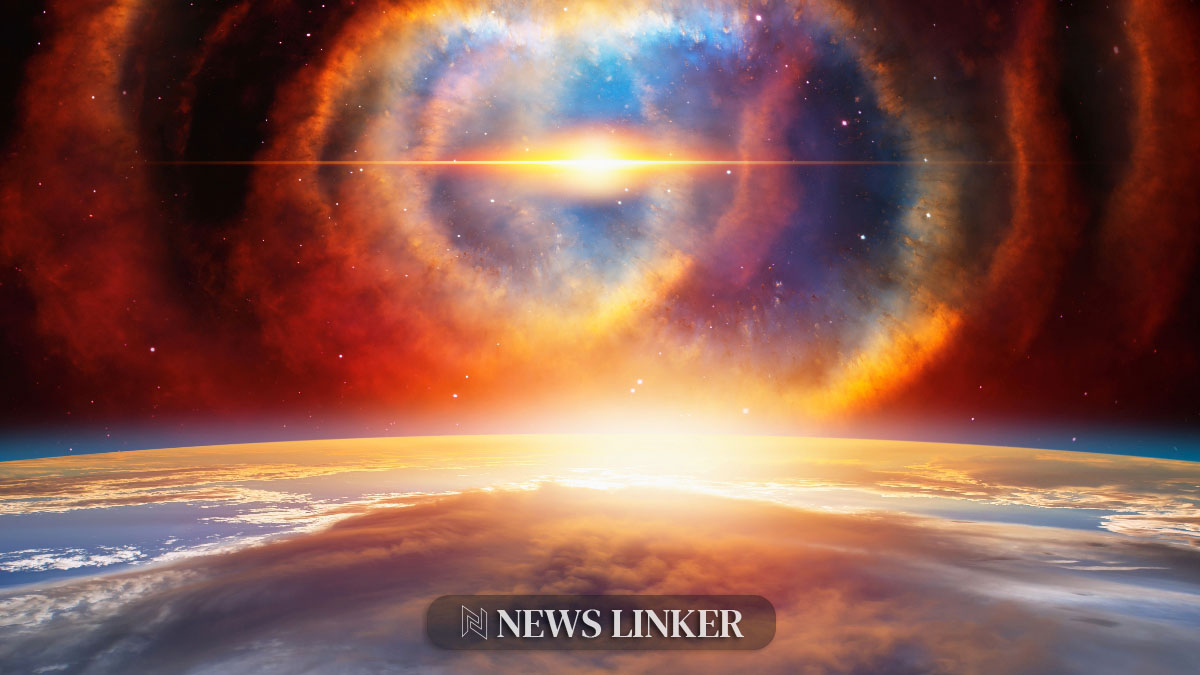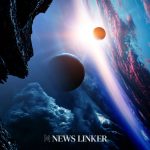In an extraordinary astronomical discovery, NASA‘s James Webb Space Telescope has provided an unprecedented view of the starburst galaxy Messier 82 (M82). Astronomers are captivated by the galaxy’s extreme star formation rate, outpacing our Milky Way by tenfold. Led by Alberto Bolatto, the team trained Webb’s NIRCam instrument on M82’s core, uncovering the physical conditions that facilitate the birth of new stars. This galaxy, nestled 12 million light-years away in the Ursa Major constellation, is a frenzy of stellar productivity despite its compact size.
As researchers probe deeper into the cosmos, they come across M82, a galaxy that has been under scrutiny for years. Past observations have demonstrated the relentless stellar production within this galaxy, but Webb’s capabilities have allowed the unveiling of intricate details that were previously concealed. The intensity of star formation within M82 has profound implications, as it mirrors the fervent stellar activity that characterized the universe’s early epochs.
Revelations from the Infrared
Webb’s infrared view cuts through the obfuscating dust and gas that veil the star formation process. The NIRCam images disclose the galaxy’s core with remarkable clarity, revealing concentrated areas of iron from supernova remnants and regions where molecular hydrogen glows, excited by radiation from nascent stars. According to Rebecca Levy, Webb’s imaging prowess allows for discerning individual stars and star clusters, paving the way for a complete stellar inventory in M82.
A Galactic Wind Exposed
Webb’s observations have also characterized the galactic wind emanating from M82. This wind, propelled by the vigorous star formation and supernovae, is essential to understanding the influence exerted on the surrounding cosmic environment. Webb’s NIRCam was particularly adept at tracing this wind’s structure through the emission from polycyclic aromatic hydrocarbons (PAHs), which are resilient to cooler temperatures yet perish in intense heat. The PAH emission’s unexpected similarity to the structure of ionized gas suggests a need for further theoretical exploration.
Guiding Future Studies
The data from Webb suggest a plethora of research opportunities. The team anticipates additional Webb data on another starburst galaxy will help answer questions raised by the M82 images. Spectroscopic observations will grant insight into the star clusters’ ages and the duration of star formation phases. This deeper understanding of galaxies like M82 could potentially enhance our grasp of the universe’s formative years.
Useful information for the reader
- M82 is sprouting stars at a rate ten times that of the Milky Way.
- Webb’s NIRCam can detail supernova remnants and star cluster formations.
- The structure of galactic winds holds clues to star formation influences.
The recent observations of M82 by the James Webb Space Telescope are not only a testament to its incredible imaging capabilities but also to the sustained interest this galaxy holds for astronomers. The findings from Webb’s observations further the understanding of starburst galaxies, linking present cosmic phenomena with the ancient origins of the universe. As the Webb Telescope continues its mission, it uncovers layers of cosmic wonders, offering a clearer picture of what transpires in these dynamic star-forming regions.










